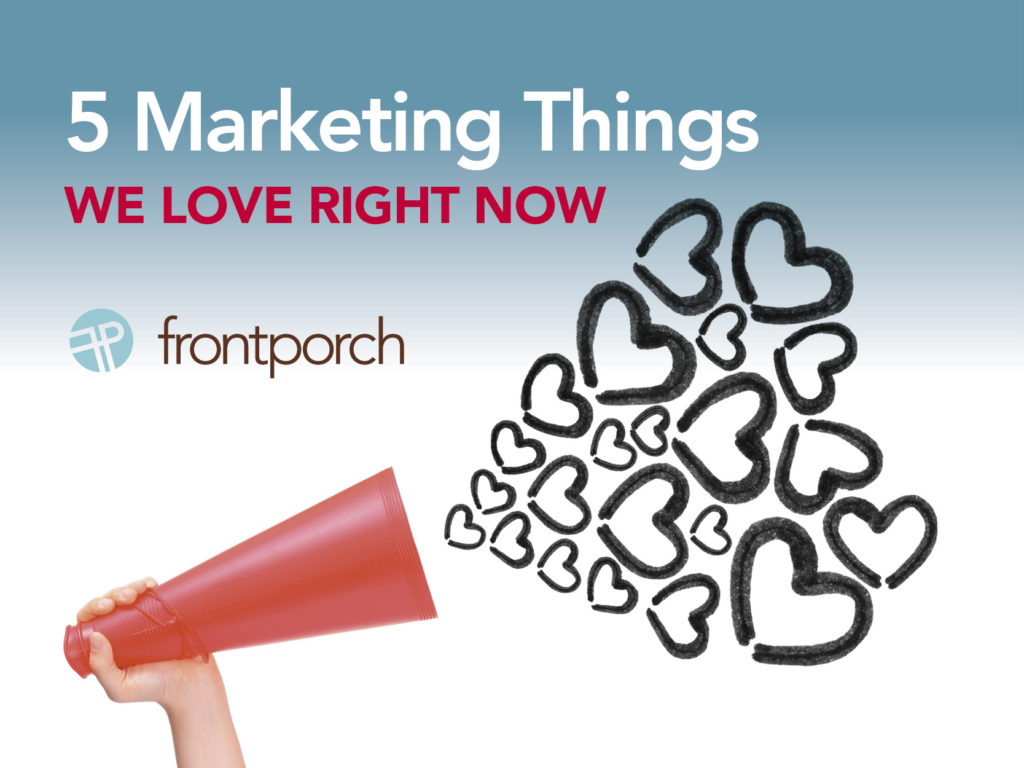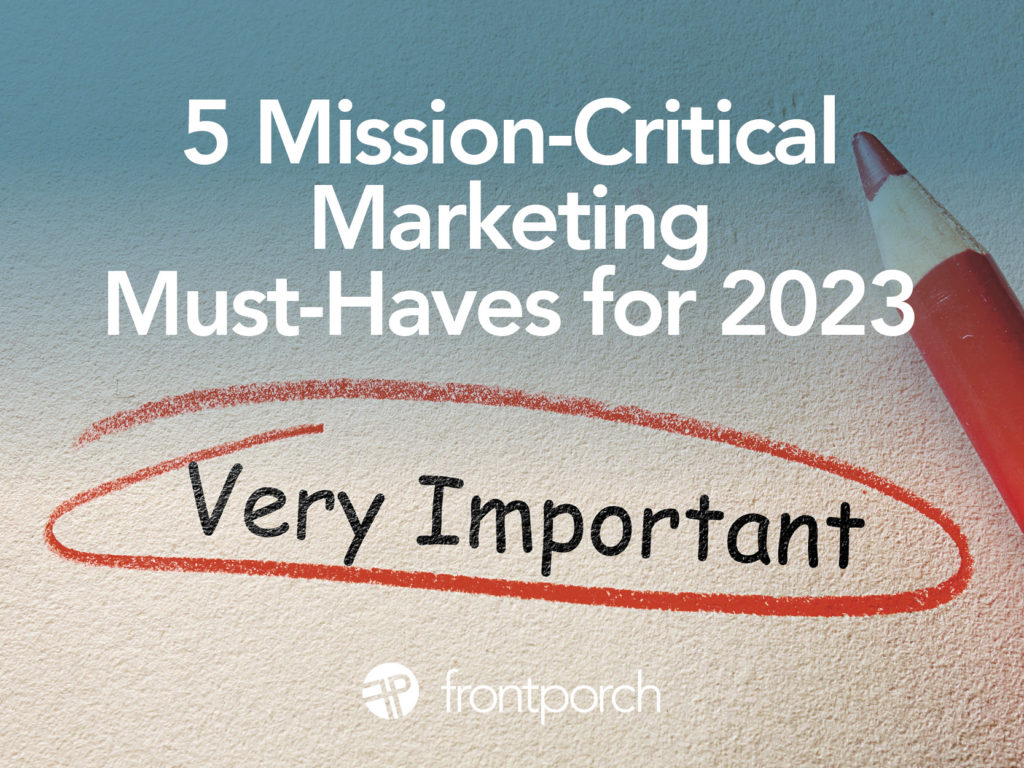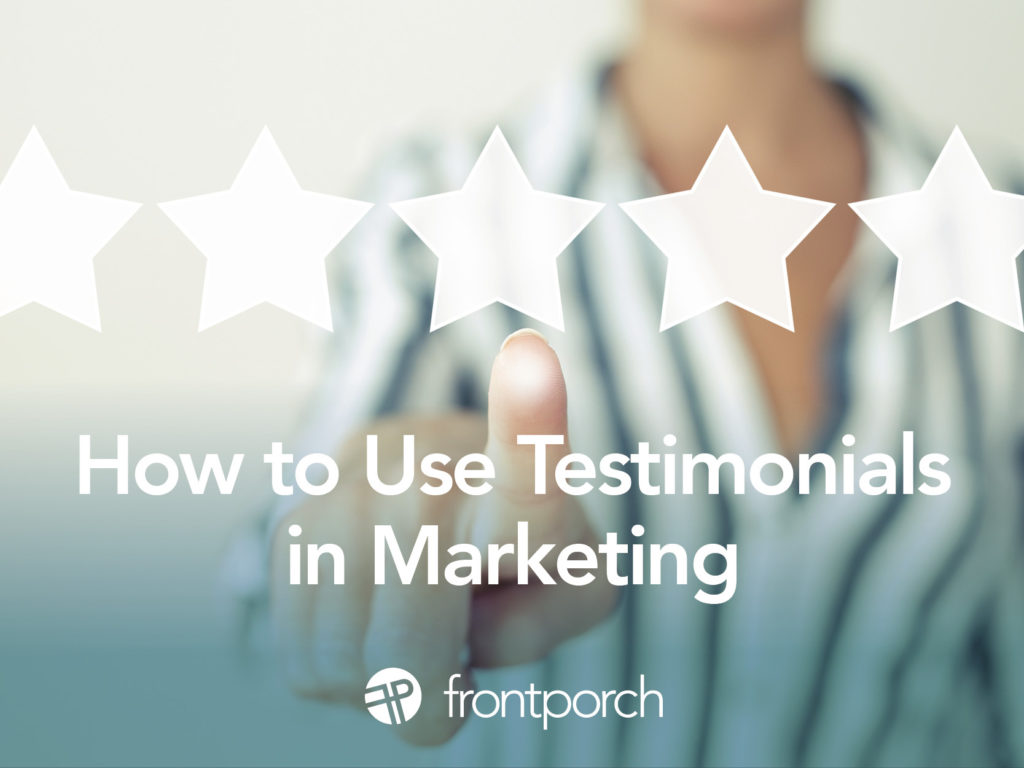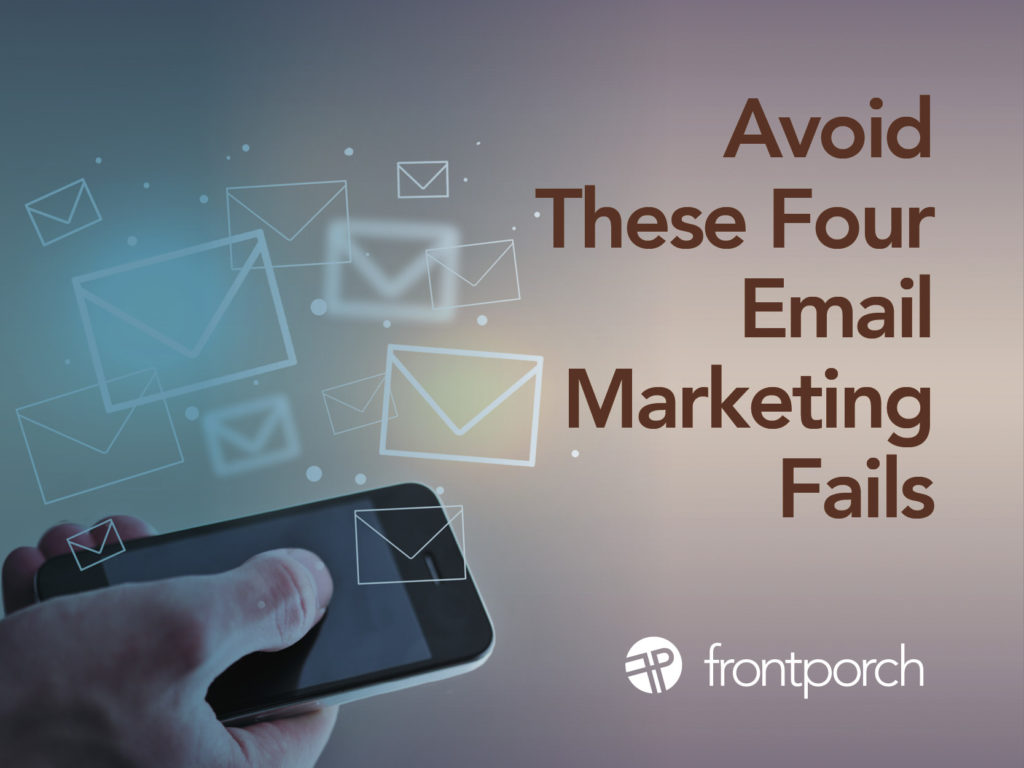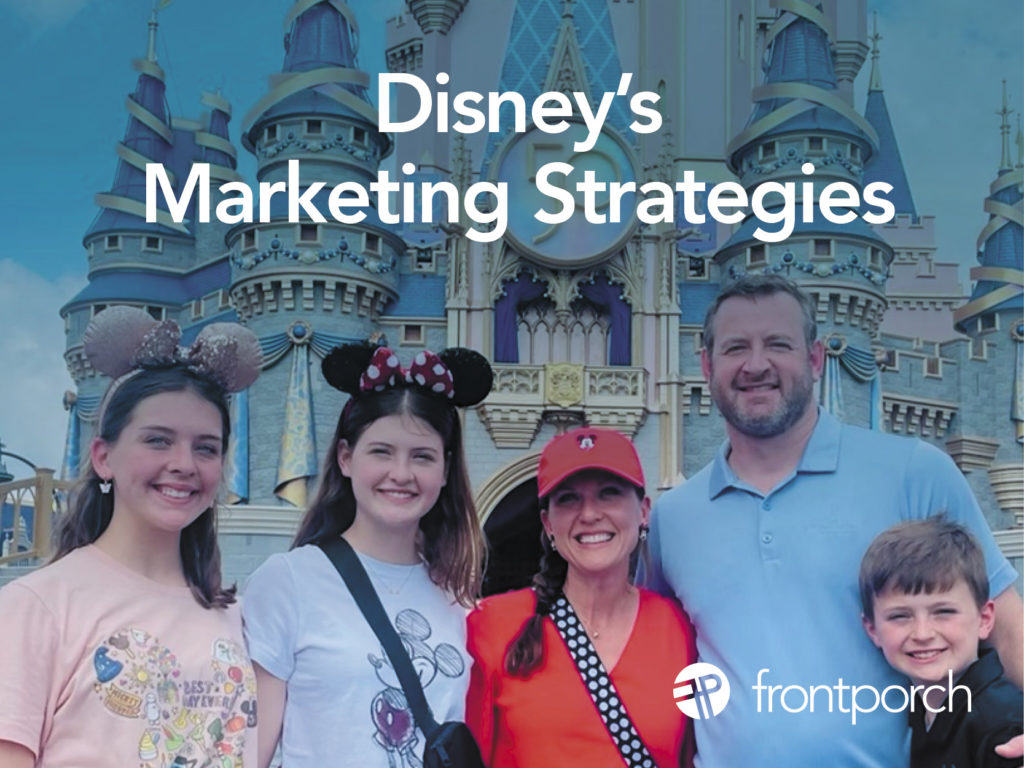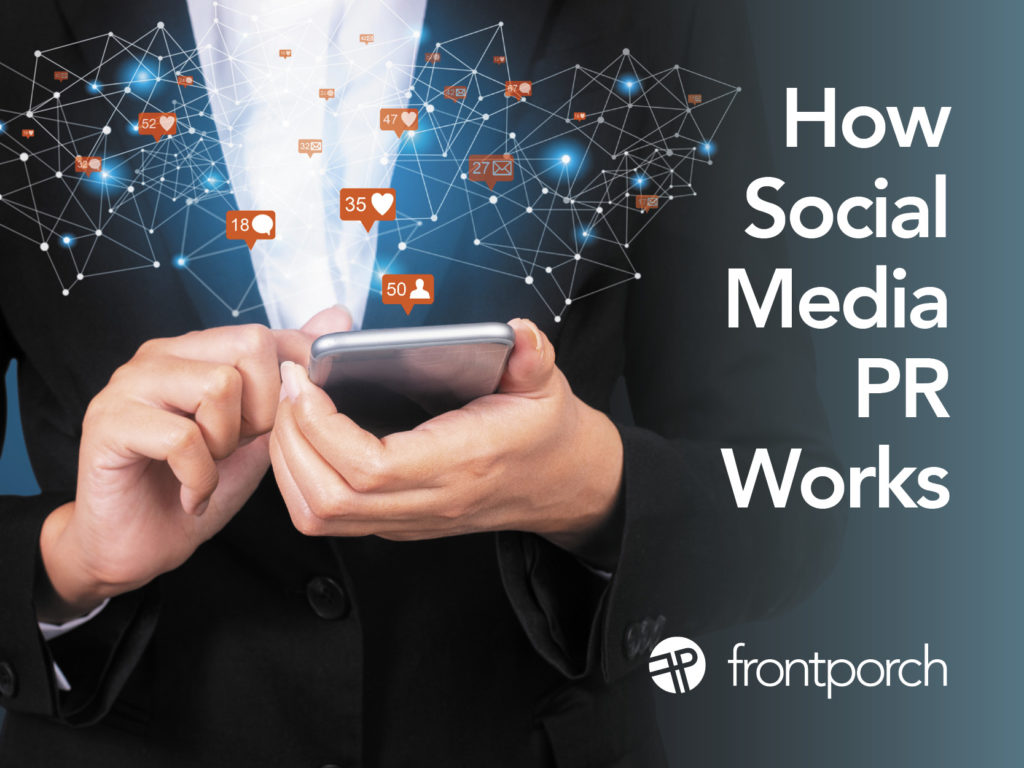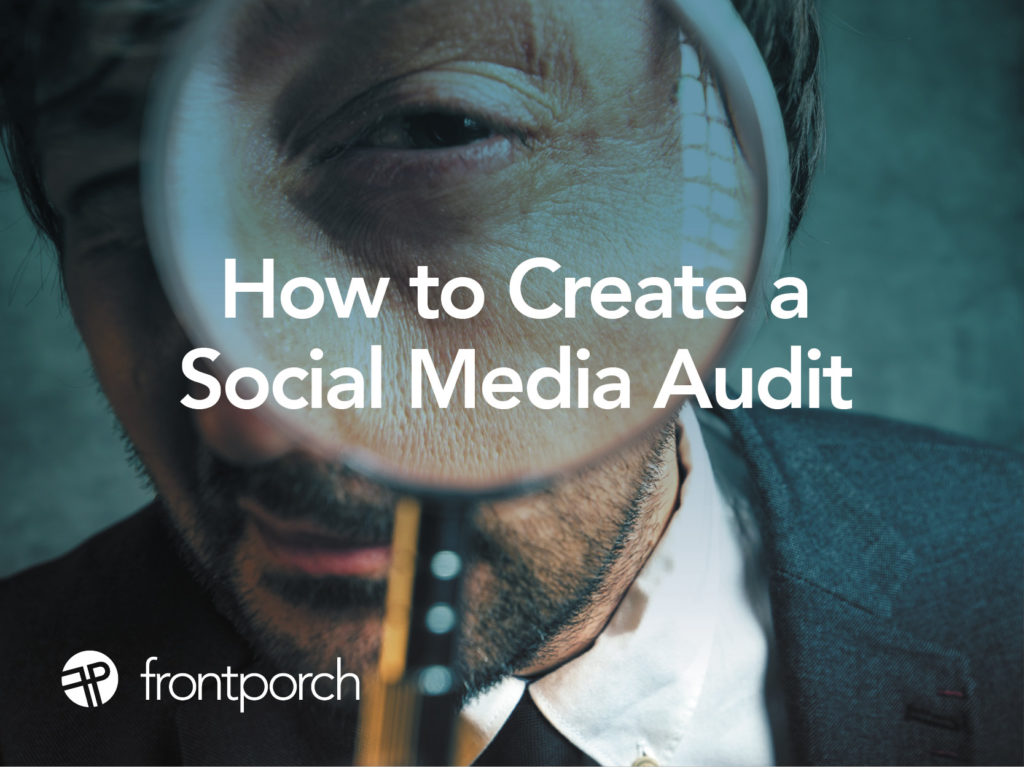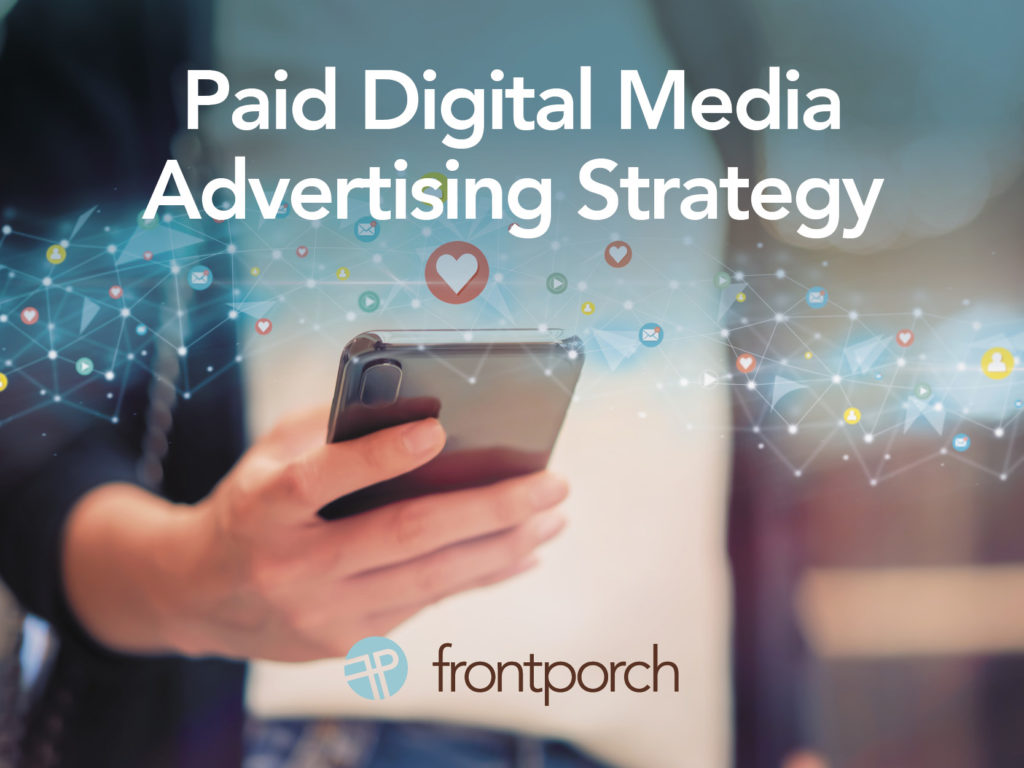
Front Porch has currently four clients, both business to business (B2B) and business to consumer (B2C), with paid digital media campaigns ads and paid social media running. These clients are across different industries from financial and non-profits to insurance and ecommerce. These clients’ marketing strategies include paid digital media advertising because it works for them. We recommended integrating your digital marketing with your brand strategy as part of your overall marketing plan.
Maximizing A Digital Media Budget
Our digital ad philosophy is to consider what formats deliver the maximum opportunities possible for the budget available, to an audience most likely to be interested. This approach maximizes the resources of our clients.
Here is a sampling of paid digital media advertising tools that we are using currently to serve our clients in this space:
- Social – Ads served on Facebook, Instagram and LinkedIn to build awareness, build relationships with the audience, and drive traffic to a website
- Digital Banner Ads – Ads served through browsers and in-app to build frequency and drive traffic to a website
- Streaming Audio – Ads served within music and/or podcast content cross-device, including smart speakers
How We Determine A Plan’s Effectiveness
So, what is the predicted ROI of a paid digital media advertising campaign? When the campaign is for business to business, not an “exit now for cheeseburgers”, it is trickier to predict. But this is how we view the situation, and read our analytics.
Here’s an example for a paid digital advertising campaign for a service business client of ours. Our standard average CTR (click-thru rate), which is the number of clicks an ad receives divided by the number of times it is shown, is typically .03-.05% for digital ad campaigns. (Social and Native can trend higher with more mobile impressions than Banner Ads served computers.)
So a digital media plan with about 1MM impressions per month would generate 300-500 clicks. These are the customers that click and come to our client’s website. But, the bounce rate can be high in the 90%. Bounce rate refers to the percentage of visitors to a particular website who navigate away from the site after viewing only one page. Thus with 300-500 clicks, this leaves 30-50 quality prospects per month. Which is a fantastic number for our service client.
If you’d like to know more about how a paid digital media plan might work for your business, just ask!

